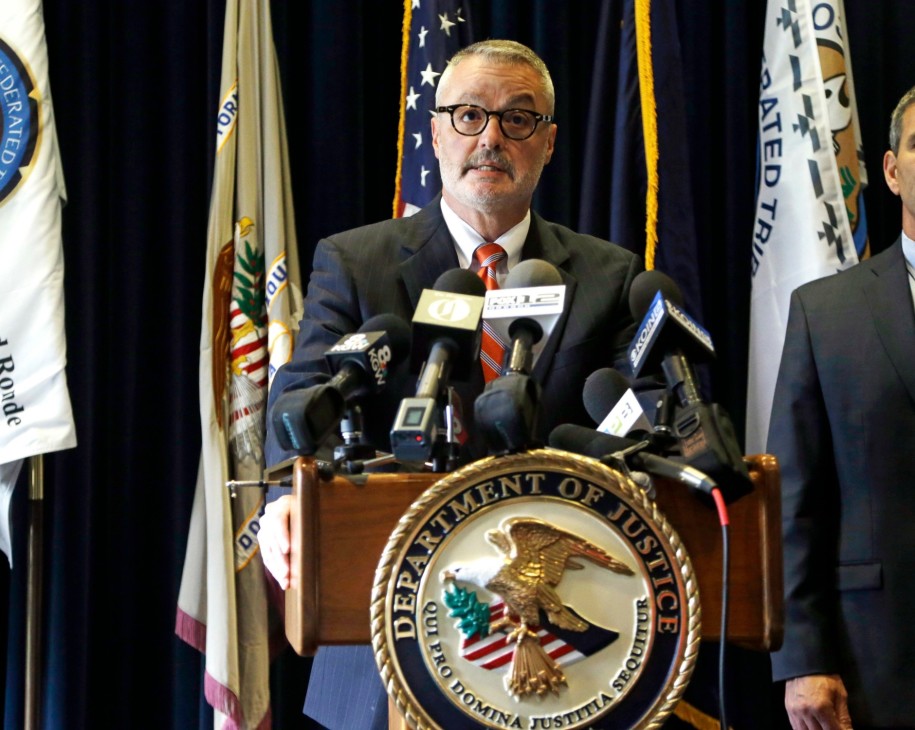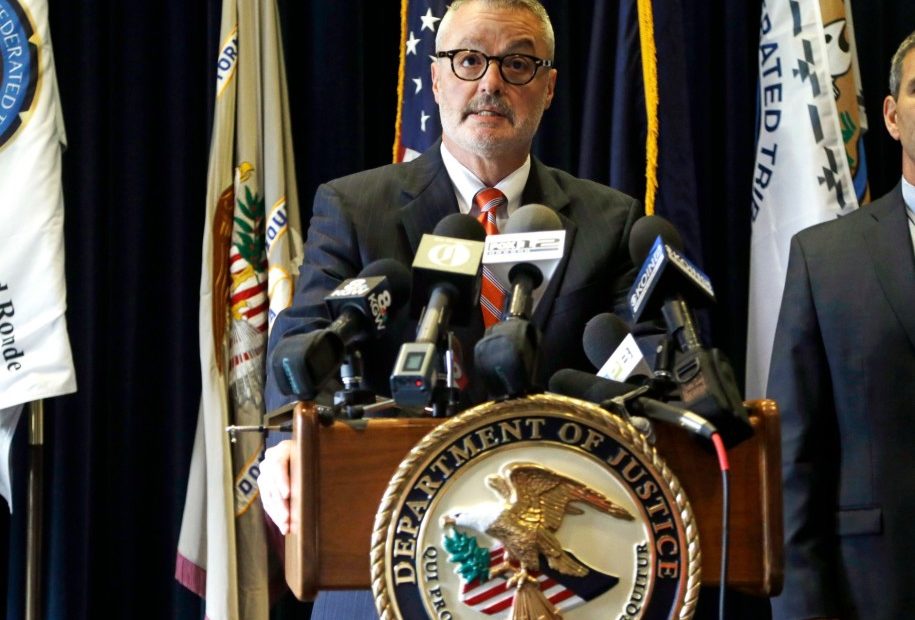
Mining Company That Emitted 6 Tons Of Ammonia In Oregon Pleads Guilty
Listen
An industrial mining explosives manufacturing company pleaded guilty in U.S. District Court Friday for failing to notify authorities of the release of 13,000 pounds (6.6 tons) of ammonia into the air at its St. Helens, Oregon plant.
Salt Lake City-based Dyno Nobel Inc. faces a maximum fine of $500,000 and up to five years probation for violating environmental response and liability rules following a series of ammonia releases from one of its plants in Columbia County in 2015. Locals in nearby Columbia City, Oregon, made numerous complaints of foul odors, eye irritation and difficulty breathing following the release, according to the U.S. District Attorney’s office.
“Many of the nation’s environmental laws exist specifically to minimize the dangers essential industries pose to surrounding communities,” said Billy J. Williams, U.S. Attorney for the District of Oregon in a statement. “And this criminal conviction will serve as an important reminder that the EPA and the United States Attorney’s Office will work together to ensure that violations of those laws do not go unpunished.”
In a plea agreement between the company and the U.S. attorney’s office, Dyno Nobel admitted to failing to notify the National Response Center as soon as it realized an un-permitted amount of hazardous substances had been released into the environment, violating environmental rules.
The agreement also stipulates the U.S. attorney will not bring additional charges against the company in the District of Oregon.
Ammonia was released into the air on three separate occasions at the St. Helens Plant, first on July 30, 2015, after attempts to start up the urea plant encountered problems. According to the charging document, a surge tank was overwhelmed by a large amount of ammonia and released approximately 2,200 pounds of it into the air.
The incident occurred again the following day, releasing 6,600 pounds of ammonia into the air. The day after that — Aug. 1, 2015 — 4,400 pounds were released from the what’s referred to as the C-654 scrubber after ammonia from an absorber was drained.
Dyno Nobel was aware that draining the absorber would result in the release of ammonia into the environment. According to the U.S. attorney’s office, Dyno Nobel made no attempt to alert authorities until more than a week after the initial release.
Under the Comprehensive Response, Compensation and Liability Act, failure to immediately notify officials of knowledge of an unpermitted release of hazardous substances into the environment is a felony offense.
The reportable quantity for ammonia is 100 pounds.
Dyno Nobel says it has since worked with the Environmental Protection Agency to upgrade its facility to prevent such releases from recurring.
“Dyno Nobel has invested tens of millions of dollars in new technology, investments and upgrades and has substantially improved the facility’s ability to control emissions and improve health and safety operations,” the company said in a statement. “In fact, the facility has not had a reportable release of ammonia since these investments were made in October 2015.”
The EPA’s Criminal Investigations Division investigated the case.
“Not only did this defendant release over six tons of anhydrous ammonia, impacting the neighboring community, they impeded response actions by failing to report the release,” said Jeanne Proctor, EPA’s special agent in charge of the Criminal Investigation Division in Seattle, in a statement. “EPA will not tolerate this blatant disregard for public safety.”
Copyright EarthFix 2018
Related Stories:
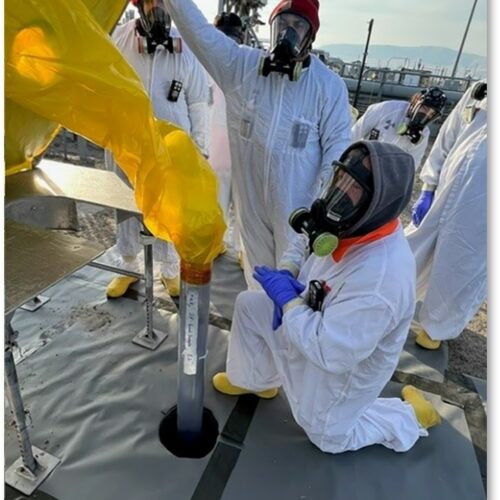
Washington state, federal agencies finalize agreement for tank waste cleanup at Hanford
Hanford workers take samples from tank SY-101 in southeast Washington state. (Courtesy: U.S. Department of Energy) Listen (Runtime :59) Read When it comes to tank waste at Hanford in southeast
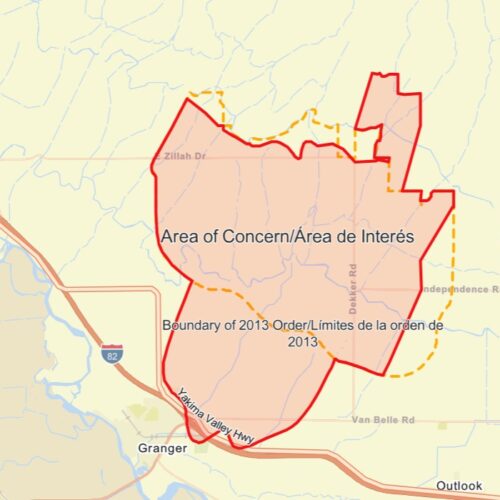
Federal judge orders Yakima County dairies to test wells, drinking water
A federal judge in Eastern Washington granted a preliminary injunction in a lawsuit that
involves over ten Yakima County dairy producers.
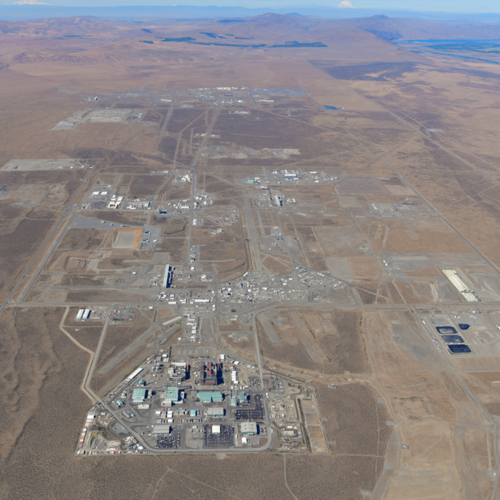
After years of negotiations, new government Hanford plan stirs up plans to treat radioactive waste
A 2021 aerial photo of Hanford’s 200 Area, which houses the tanks and under-construction Waste Treatment Plant, in southeast Washington. (Credit: U.S. Department of Energy) Listen (Runtime 1:01) Read There

